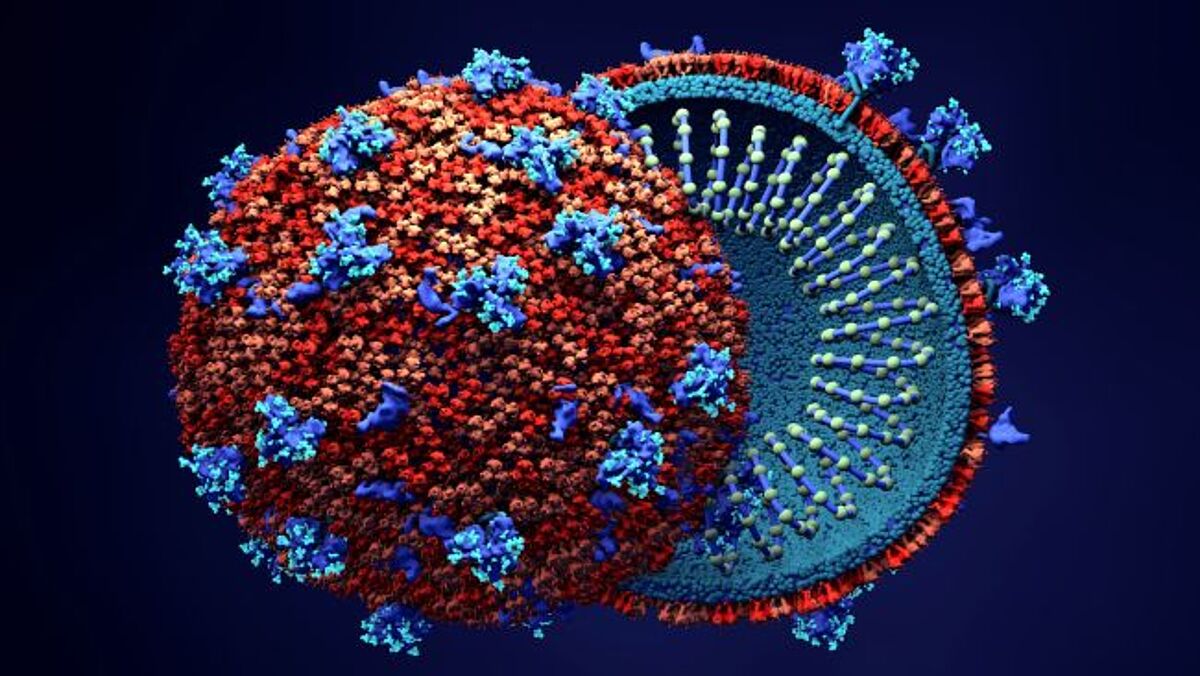Coronavirus can last hours in air and days on some surfaces
Researchers from the NIAID, Centers for Disease Control and Prevention, UCLA and Princeton University have published a study in the New England Journal of Medicine comparing the stability of the novel SARS-CoV-2 virus with that of SARS-CoV-1, the virus which caused the 2002-2003 SARS outbreak. They tested the stability of both viruses in aeosol and on different surfaces: stainless steel, plastic, copper and cardboard.

The half-lives of SARS-CoV-2 and SARS-CoV-1 were similar in aerosols, with median estimates of approximately 1.1 to 1.2 hours. The longest viability of both viruses was on stainless steel and plastic; the estimated median half-life of SARS-CoV-2 was approximately 5.6 hours on stainless steel and 6.8 hours on plastic. On copper, no viable SARS-CoV-2 was measured after 4 hours and no viable SARS-CoV-1 was measured after 8 hours. On cardboard, the half-life of SARS-CoV-2 was longer than that of SARS-CoV-1. Estimated differences in the half-lives of the two viruses were small except for those on cardboard.
In summary, the study finds that SARS-CoV-2 remains infectious in the air for up to three hours, on copper for up to four hours, on cardboard for up to 24 hours, and on plastic and stainless steel for up to three days. These values are very similar to those of SARS-CoV-1 and do not explain the significantly higher transmission rate of SARS-CoV-2. This indicates that differences in the epidemiologic characteristics of these coronaviruses probably arise from other factors, including high viral loads in the upper respiratory tract and the potential for persons infected with SARS-CoV-2 to shed and transmit the virus while asymptomatic.
